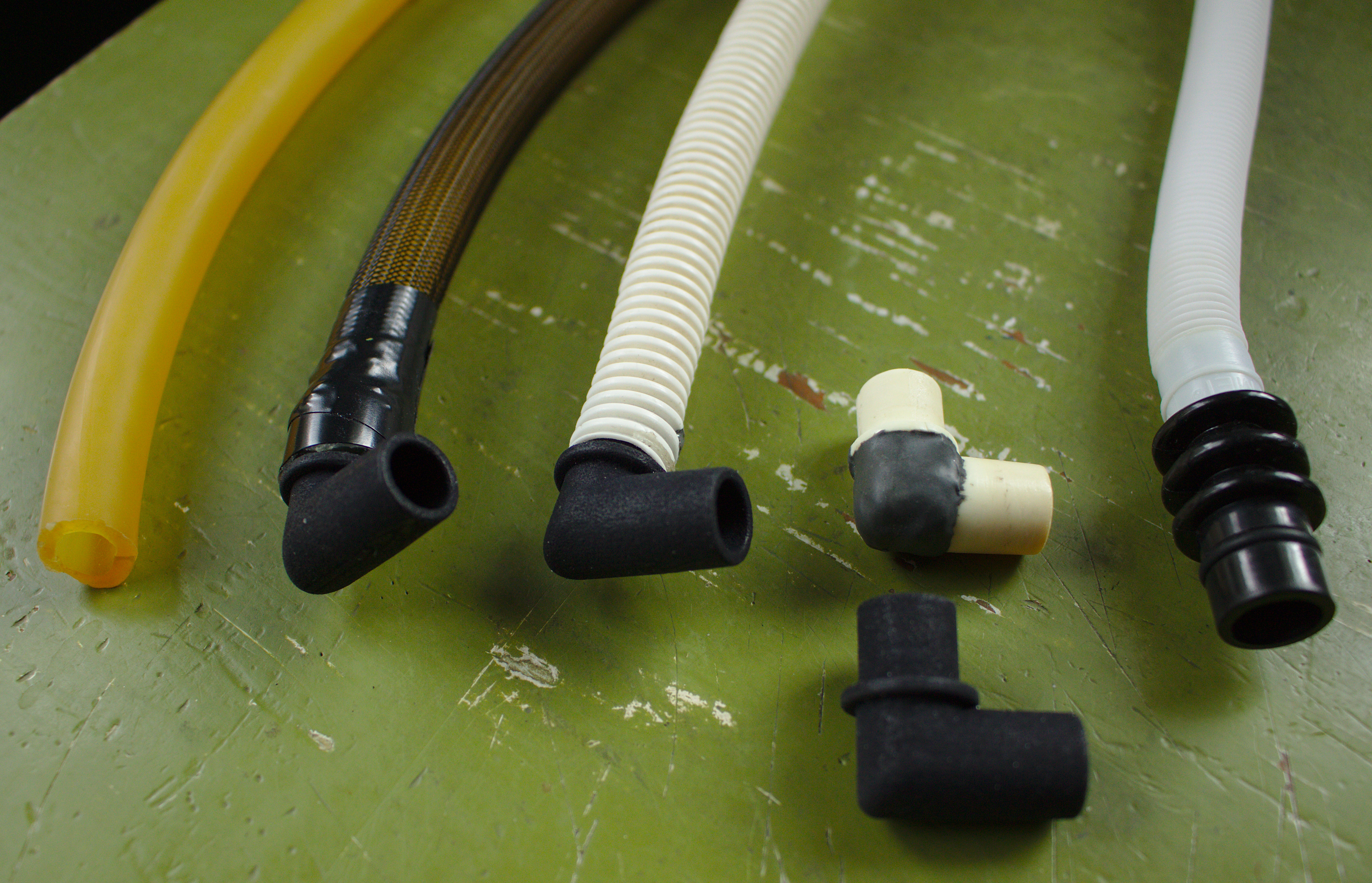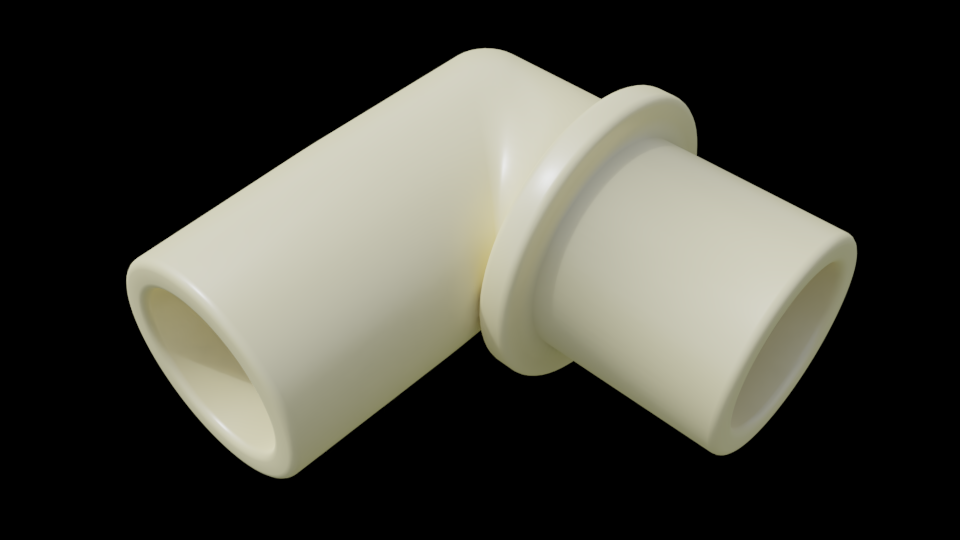Forum Replies Created
-
AuthorPosts
-
March 4, 2023 at 3:57 am #14729
Clep
ParticipantThere is a tiny bit of stretch in the rubber tubing, but I can’t detect any practical difference. That said, I can’t detect a difference between playing directly (no tube), where others say they can, so I don’t know if I should be trusted. 🙂 More on the tube at this older post: https://melodicaworld.com/forums/topic/tubes-some-experiments/
May 9, 2022 at 10:04 pm #14082Clep
ParticipantGreat stuff, thanks for posting it! It’s great to see how different people approach the challenges of melodica tuning. I like the nichrome reed heater, too. 🙂
May 6, 2022 at 3:28 pm #14075Clep
ParticipantNeat! What pressure sensor did you use? Or maybe I can just wait for your video or website if you explain it. I like the hands-on science here. 🙂
May 6, 2022 at 2:52 pm #14073Clep
ParticipantThanks!
On that tuning video, what software/hardware are you using to make those measurements?
May 5, 2022 at 11:05 pm #14071Clep
ParticipantGreat, hope you like them. 🙂
I haven’t done videos on tuning systems like Just Intonation and so forth, but I did do one on the origin of the 12-tone system that may be of interest: https://www.youtube.com/watch?v=CFbG-8eYKJU (see video description for one correction).
I’ll watch that tuning video you made with interest — I’ve gotten pretty nerdy with melodica tuning and always welcome more perspectives.
May 5, 2022 at 11:13 am #14068Clep
ParticipantThanks! No, I’m not a Facebook user but i appreciate you posting it there. 🙂
Yeah the difference tones in the melodica are really neat. I was surprised by them when that viewer pointed them out!
November 19, 2020 at 7:22 pm #11864Clep
ParticipantAwesome! Glad to hear it was useful. What material did you end up using?
Regarding the rubber tube I’ve been using: the main issue I’m having with it is that the moisture in the tube runs down the smooth internal sides and collects much more easily than in the corrugated tubes. I’m begging to wonder if the reason for the corrugation is less about kink prevention and more about this. I can get through about 1 tune before I have to blow the tube out due to it getting clogged with moisture… it was never that bad with the regular tubes. My suspicion is that the corrugation slows and spreads the moisture. The upside is that the rubber tube may prevent most of the moisture from getting in to the actual melodica (the way I play, it pools at a low point in the tube before the instrument), so I’m not sure which I prefer in the long-term.
I’ve thought about lining the inside of the rubber tube with techflex… if it was the right diameter maybe it could be pulled through and would act to slow the moisture in the same way. But of course it might impede airflow.
And I sometimes think about building a little “spit trap” just before the melodica that could contain the moisture for a longer period.
September 18, 2020 at 11:21 pm #11744Clep
ParticipantCool, I look forward to checking it out.
September 18, 2020 at 6:44 pm #11742Clep
ParticipantI should say that besides the cost (which admittedly isn’t huge, but adds up if you have a bunch of melodicas), getting a replacement stock of tube lets you use different diameters, cut it to your preferred length, maybe have a nicer looking/feeling option, better durability, etc. Or would in theory, anyway, if there were actually options to be found. 🙂
Air is certainly compressible in the simple sense — as the answers to that stack exchange question state, “The term “compressible flow” is rather misleading, but unfortunately, it is what the fluid-dynamics folks have chosen to use.” But yeah we’re agreed that the compressibility (either in terms of flow or compression in terms of density increase) isn’t particularly relevant to tube choice or melodica playing in general.
As far as I understand it, the argument about direct-vs-tube with melodicas has to do with the attack of the sound when a key is already depressed and you sound a note with your tongue. I can’t personally tell a difference in the scenario where pressure is increased and then a key is struck; since the air path is typically open to your lungs anyway, any difference in volume from the tube seems negligible.
I think looking at it as traveling sound waves down the tube is not the best perspective: the speed of sound being so great, that would happen in about a millisecond, and with reeds we’re talking about tonal attack on the order of 10’s of milliseconds. That is, we can probably visualize this as an overall change in pressure in the air in the tube (i.e. simplified to be “instantaneous”).
So in the case where the key is continually depressed and you are using your tongue to make discrete notes, the tube (due to both the air column and whatever stretchiness there is in the tube walls) is going to soften the edge of your pressure changes: it just takes more air from you to cause an equivalent change in pressure in the tube because the volume of air is larger (vs a mouthpiece). I always play with a tube but it seems clear that there is a slightly sharper attack when going through a mouthpiece. It’s a minor difference and doesn’t bother me too much. Others feel strongly about it. It also seems to apply to changes in pressure while a note is sounding (i.e. tremolo): these changes are more readily transferred to the reeds with a mouthpiece, where the tube softens them a little.
September 17, 2020 at 8:12 pm #11738Clep
ParticipantHi Antonio — the motivation for the project isn’t the stretching, it was just the fact that the tubes wear out (start cracking, etc) and I wanted a way to replace them without having to buy expensive melodica tubes on eBay.
The stretching issue probably isn’t a big deal, no, but the reason people care about it is that the “responsiveness” of the melodica is associated with less stretch and a more direct connection to the instrument. See for example the people that won’t use tubes (and instead use the mouthpiece) in part because of the softening of the attack of notes due to the compression of air in the tube and the stretch of the tube. See also some melodicas that use rigid metal tubes instead of plastic, etc. For me, the corrugated tubes definitely have a little bit of stretch. I don’t know if I could tell the difference in the instrument in a blind test, but I still wanted to find a tube that had minimal stretch, and the rubber surgical tube seemed like it would suffer in that department. I was happily surprised that it wasn’t an issue.
Air is definitely compressible (see e.g. air-based shock absorbers, 90psi bike inner tubes, etc.) — perhaps you were thinking of water, which, while technically compressible, is effectively not compressible.
February 18, 2020 at 11:26 pm #11196Clep
ParticipantYeah this stuff doesn’t seem to kink too easily… the walls are pretty thick. And I think one bonus of the techflex is that it helps a little with that as well.
February 16, 2020 at 10:47 pm #11191Clep
ParticipantArgh, nope. Here are plain links with no https:
http://caseyconnor.org/pub/image/melodicas/melodica_tubes.jpg
http://caseyconnor.org/pub/image/melodicas/melodica_techflex_tube.jpg
http://caseyconnor.org/pub/image/melodicas/hohner_mpiano_36_elbow.png
February 16, 2020 at 10:46 pm #11190Clep
ParticipantAh, maybe the https… let’s try http:


 February 16, 2020 at 10:44 pm #11189
February 16, 2020 at 10:44 pm #11189Clep
ParticipantUm… don’t know why the IMG tags didn’t work… here they are in link form:
https://caseyconnor.org/pub/image/melodicas/melodica_tubes.jpg
https://caseyconnor.org/pub/image/melodicas/melodica_techflex_tube.jpg
https://caseyconnor.org/pub/image/melodicas/hohner_mpiano_36_elbow.png
January 8, 2020 at 8:44 pm #11146Clep
ParticipantThis is my first time doing it! I spent 20 minutes figuring out how I was going to manufacture the part out of wood, and suddenly realized “wait a minute… maybe it’s time to finally do some 3d printing…” 🙂
-
AuthorPosts
